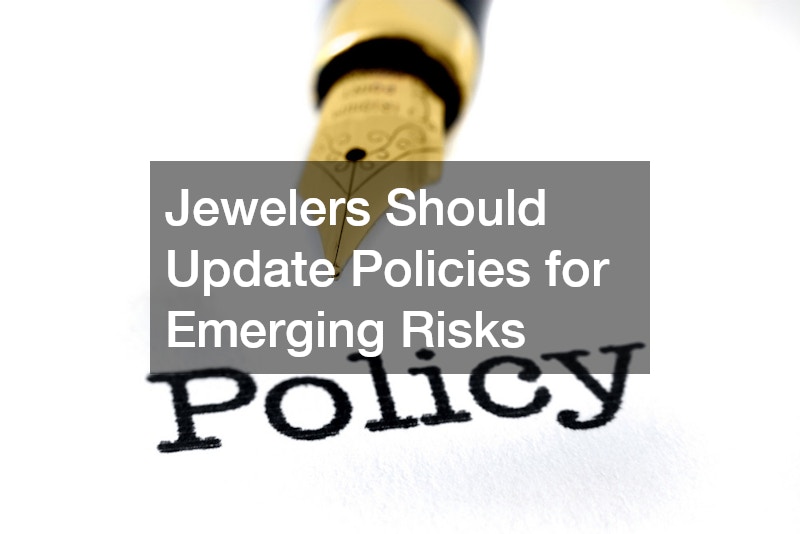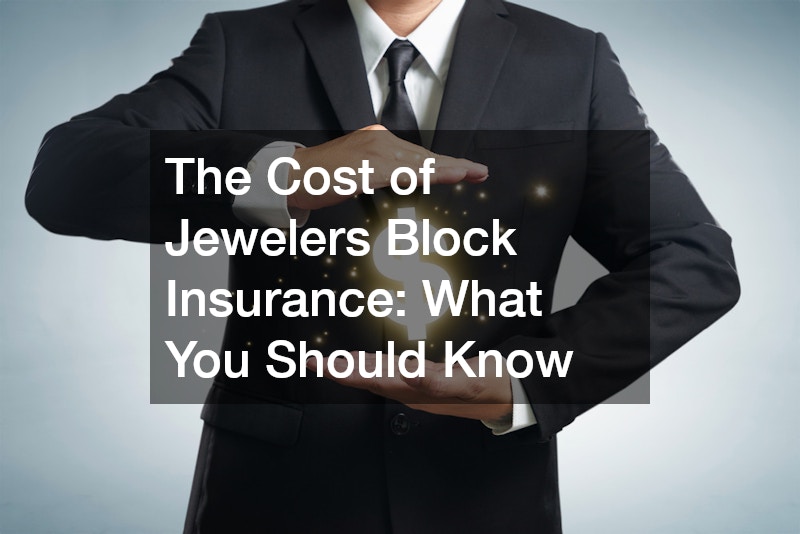Jewelers Block Insurance is a specialized policy designed to protect jewelry businesses from various risks associated with their trade. Understanding its cost is vital for jewelers as it directly impacts their ability to safeguard valuable inventory and ensure business continuity.
This type of insurance is tailored to address specific vulnerabilities faced by jewelers, such as theft, damage, and loss of goods. Given the high value of merchandise involved, having comprehensive coverage is not just a safeguard but a necessity.
Understanding the cost factors of Jewelers Block Insurance allows business owners to make informed decisions. By evaluating these costs, jewelers can effectively manage their expenses while ensuring adequate protection.
What Does Jewelers Block Insurance Cover?
1.1 Itemized Coverage Details
Jewelers Block Insurance typically covers physical loss or damage to stock, whether located in the showroom or being transported offsite. It also includes protection for property used in business operations, such as furniture and displays.
The insurance often extends to cover goods in transit, both domestically and internationally, ensuring that items are protected during exhibitions or sales trips. Additionally, coverage includes incidents caused by theft and burglary.
Another key feature is that it can provide protection against unexplained disappearances or misplacement of items, which are common in high-volume trading environments. These elements ensure jewelers have peace of mind regarding their assets.
1.2 Exclusions in Coverage
While Jewelers Block Insurance offers extensive coverage, it does have exclusions, such as wear and tear or gradual deterioration. Businesses should be aware that intentional acts by the insured to cause loss are not covered.
Specific scenarios like war, nuclear risks, or government confiscations may also be excluded, depending on the policy. Jewelers need to read their policy terms to understand these exceptions fully.
Understanding these exclusions helps jewelers avoid potential coverage pitfalls. It ensures they have accurate expectations about what incidents the policy will address.
How Are Premiums Calculated?
2.1 Factors Influencing Costs
The cost of premiums for Jewelers Block Insurance is influenced by various factors, including location, the total value of stock, and past claim history. Additionally, security measures such as alarm systems and vaults play a crucial role.
Deductibles, policy limits, and business turnover are other significant factors that insurers consider. A thorough assessment of these elements helps insurers provide an appropriate premium quote.
The higher the risk associated with these factors, the higher the premium tends to be. Jewelers can mitigate higher premiums by implementing robust security measures and maintaining a low claims history.
2.2 Calculating Your Premium
Calculating your expected premiums starts with assessing the total value of the stock you wish to insure. Applying the insurance rate, which varies based on risk factors, gives a baseline premium estimate.
For example, if you have $500,000 worth of stock, and the rate is 1.5%, your base premium would be $7,500 annually. Additional features or endorsements can adjust this figure.
By adjusting different variables such as deductibles, jewelers can tailor their policies to better fit budget constraints. Careful calculation and comparison of different options ensure the best coverage at an optimal cost.
How to Choose the Right Policy?
3.1 Evaluating Your Insurance Needs
Choosing the right policy begins with a comprehensive evaluation of a jeweler’s specific insurance needs. Identifying the business’s size, inventory value, and risk exposure is crucial.
Jewelers should consider factors such as location, crime rates, and the nature of transactions, whether retail or wholesale. These assessments help tailor the coverage for optimal protection.
Understanding individual business nuances ensures that the insurance package is neither under-protective nor excessively costly. A tailored approach provides effective financial security.
3.2 Comparing Insurance Providers
Comparing insurance providers involves assessing policy offerings, reputation, and customer reviews. Seeking quotes from multiple providers can reveal cost differences and highlight varying coverage features.
Jewelers should examine the claims handling process and customer support quality. Reliable insurers provide comprehensive assistance during claims, ensuring smooth business operations.
Consideration of these aspects helps jewelers make informed decisions. Choosing the right provider combines financial savings with peace of mind.
What Are Common Claims and Their Impact?
4.1 Types of Claims Filed
Common claims under Jewelers Block Insurance include theft, burglary, and damage during transit. Additionally, claims for mysterious disappearances of items are frequently reported.
Knowing these typical claims patterns can help jewelers implement preventive measures. Reducing these occurrences can maintain lower premium costs.
Understanding common claims also aids in anticipating future risk scenarios. This foresight optimizes both protective measures and premium expenditures.
4.2 Impact of Claims on Premiums
Making claims can result in increased future premiums, depending on the type and frequency of claims submitted. Insurers adjust rates based on perceived risk from past claim activity.
Significant or frequent claims may lead to higher deductible requirements or policy modifications. Proactively managing and minimizing claims helps maintain affordable premiums.
Educating employees on reducing loss incidents can contribute to claim reduction. Training and preventive measures are useful investments for long-term cost control.
Jewelers Block Insurance plays a critical role in protecting valuable assets. Understanding the coverage, exclusions, and premium factors helps jewelers select appropriate policies.
By carefully evaluating insurance needs and comparing providers, jewelers can find optimal and cost-effective solutions. Awareness of common claims and their impact supports better risk management and business sustainability.
Jewelers must continuously review their policies to adapt to changing circumstances and emerging risks. This proactive approach ensures comprehensive protection and financial viability.


